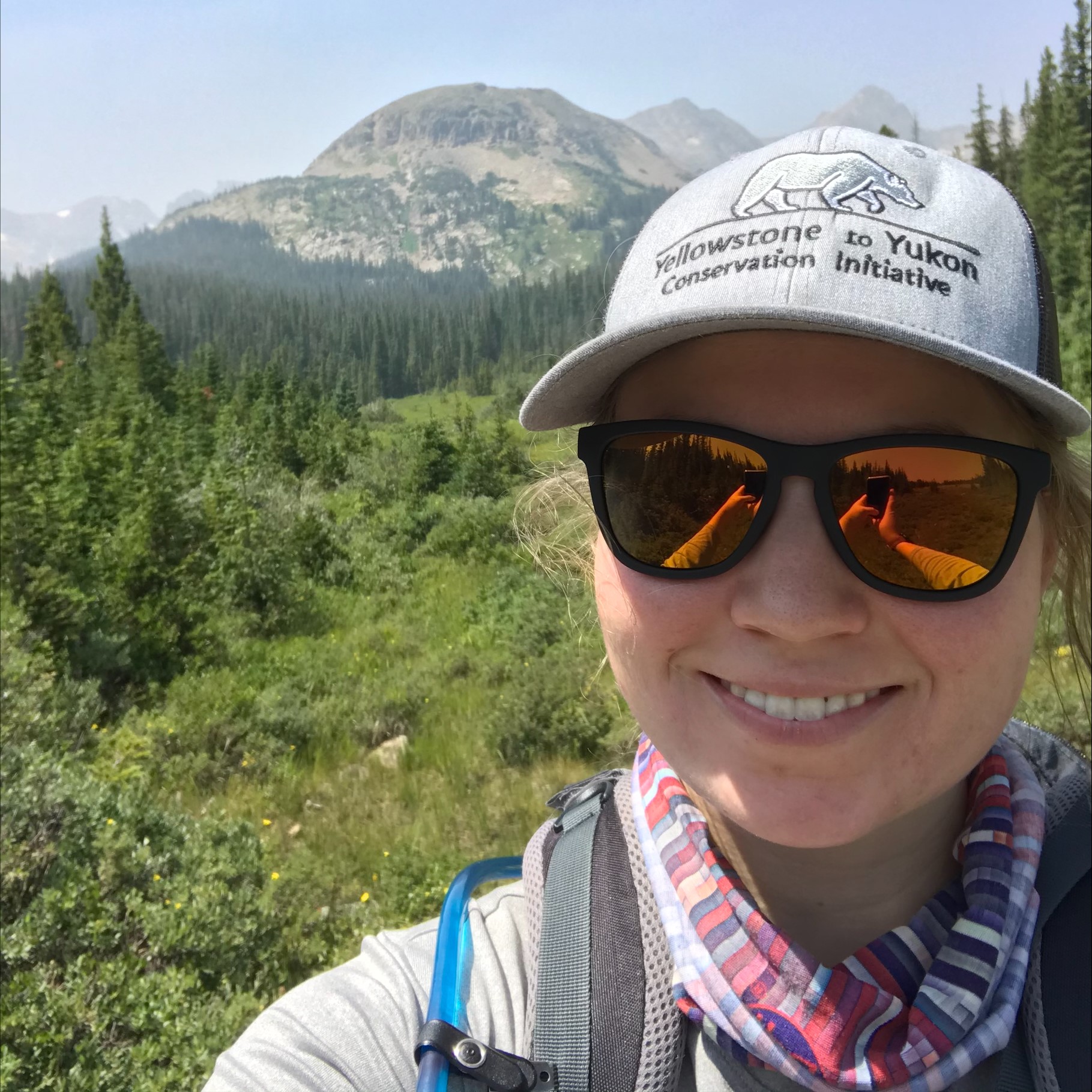Annabella Helman - Compatibility of Livestock and Wildlife in Human-Occupied Rangelands: Using Traditional Pastoralism to Enhance Conservation of Lions and Their Prey
Annabella Helman
Biodiversity Graduate Student Research Enhancement Grant
Graduate Advisor: Jacob R. Goheen
Program in Ecology, Department of Zoology and Physiology
Following several decades of lethal control, lions were restored to the Laikipia Plateau of central Kenya in response to increased tolerance by pastoralists, but they now are suppressing population growth for several species of antelopes (e.g., Jackson’s hartebeest, greater kudu, eland; hereafter simply “antelopes”) via apparent competition. Because tourists place a premium on viewing a diversity of antelopes, pastoralists have considered reimplementing lethal control (shooting and poisoning) of lions to stabilize their populations. Antelopes are selectively consumed by lions, particularly when they occur in close proximity to zebra, which are the primary prey of lions and the most common wild ungulate in Laikipia. Importantly, zebra are unique among wild ungulates in aggregating around glades—lush grazing lawns derived from nutrient inputs of livestock following the rotation of corrals. Because zebra aggregate near glades, lions target their hunting activity near glades, thus increasing predation risk for any antelopes in the vicinity. Strategically placing livestock corrals (which transition into glades over the course of ~1 year) away from territories of antelopes provides a spatial refuge by enticing lions to hunt (and thus kill) zebra far from antelopes. Thus, informed placement of livestock corrals offers a rare win-win: antelope diversity is conserved without resorting to lethal control of lions, through active collaborations with pastoralists on a centuries-old livestock husbandry practice.
An unresolved challenge that limits our ability to conserve antelope diversity concerns the density and time at which the attractive effect of glades begins to attenuate. This knowledge gap is critical: if glades persist for longer periods of time than it takes for them to disappear, they will eventually accumulate on the landscape, thereby diluting their ability to attract zebra and to create spatial separation between zebra and antelopes. Through my dissertation, I will (1) quantify strategies for corral rotation to maximize the attractive effect of glades for zebra (and thus conservation potential for antelopes); and (2) conduct structured questionnaires to understand the determinants of support for implementing such corral rotation by pastoralists. Support for corral rotation is strong on at least some properties in Laikipia, so these data will form the foundation for additional projects implementing such proactive methods across Laikipia.
Share This Page

Research Highlights




